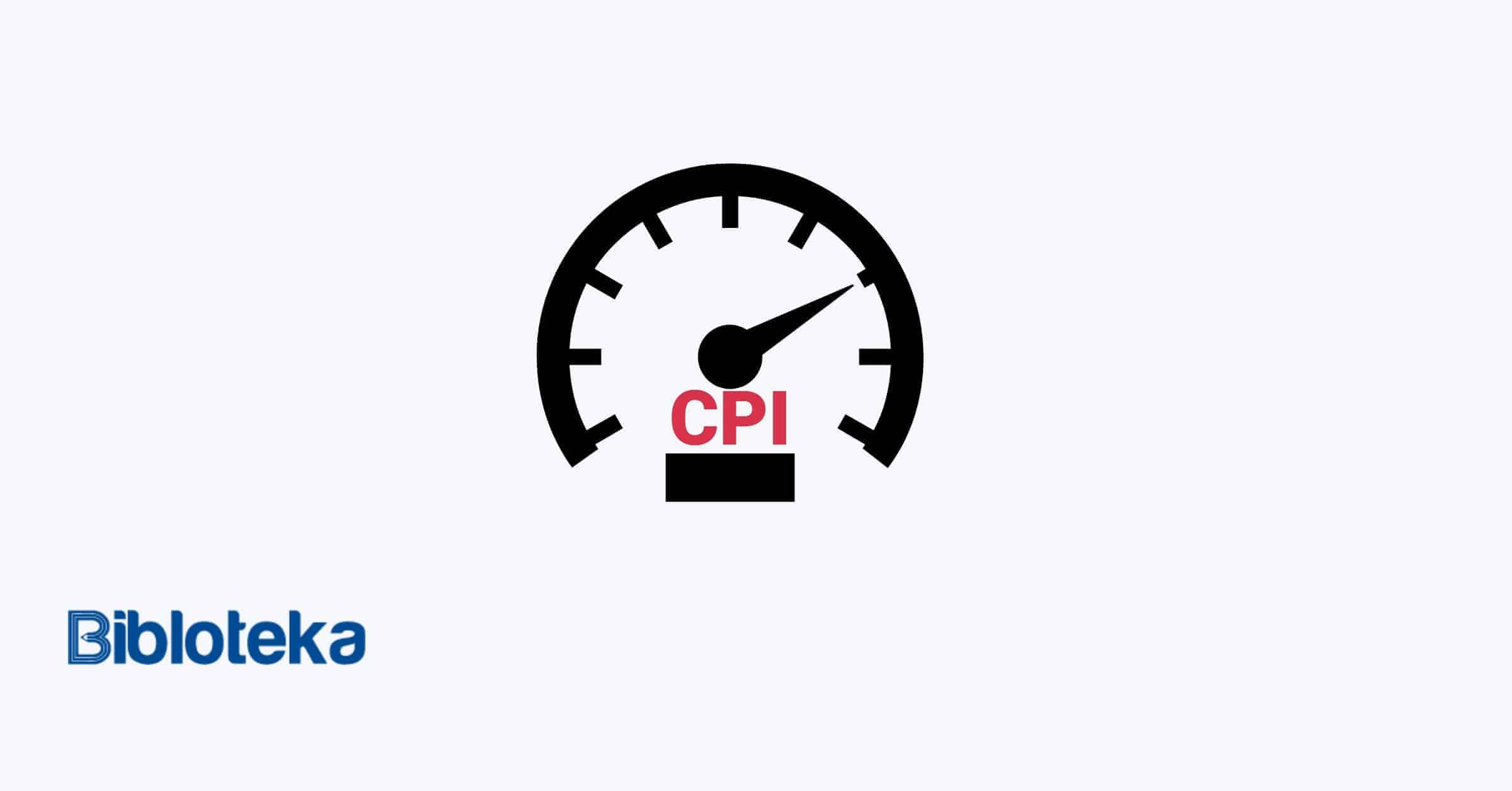The forecasting and management of costs is an important aspect of project management. In reality, this also represents one of the most important issues in reporting on project status and discussions with project sponsors and participants since budget constraints are essential. The Cost Performance Index (CPI) in project management is a useful and comparatively simple tool for Earned Value in project management.
What is Cost Performance Index (CPI)?
The cost performance index(CPI) in project management is a component of the techniques of Earned Value variance analysis which are part of the “control cost” process of a project, according to PMI methodology. Cost Performance Index is used for the purpose of comparing costs and earned value at a time or over several project periods.
The Cost Performance Index determines how much you earn for every dollar spent on the project. It shows just how well the project is sticking to the budget.
How to calculate CPI in project management?
The Cost Performance Index (CPI) in project management is a way for calculating the cost efficiency and financial effectiveness of a specific project.
Calculation of Cost Performance Index(CPI) in PMP
You can calculate the Cost Performance Index by dividing the earned value by actual cost.
Cost Performance Index = (Earned Value) / (Actual Cost)
CPI = EV / AC
- If CPI is less than 1, the task is over budget.
- If CPI is one, the task is on budget.
- If CPI is greater than 1, the task is under budget.
What does a CPI of greater than 1.0 mean?
If the CPI ratio is greater than 1.0, it indicates that the project is performing well against the budget. Simply, the project is Under Budget.
What does CPI less than 1.0 mean?
If the CPI ratio is less than 1.0, it indicates that the project is not performing well against the budget. Simply, the project is Over Budget.
Example on the Cost Performance Index (CPI)
Project ABC is to be completed in 12 months, and the budget of the project is 200,000 USD. 6 months have passed, and 120,000 USD has been spent, but upon closer review, you find that only 40% of the work has been completed.
Find the Cost Performance Index for this project and deduce whether you are under budget or over budget.
The following information is given in the question:
Actual Cost (AC) = 120,000 USD
Planned Value (PV) = 50% of 200,000 USD
= 100,000 USD
Earned Value (EV) = 40% of 200,000 USD
= 80,000 USD
Now,
Cost Performance Index (CPI) = EV / AC
= 80,000 / 120,000
= 0.67
Hence, the Cost Performance Index is 0.67
This means you are earning 0.67 USD for every 1 USD spent since the Cost Performance Index is less than one. This means you are over budget.
Analyzing CPI in Earned Value
Earned value analysis is another cost performance index analysis. According to the PMI, EVA looks at the relationship between the CPI & SPI, including such factors as the cost and schedule variances, to judge how a project is doing.
It often involves graphing the Cost Performance Index and Schedule Performance Index over the life of a project. In a nutshell, the closer the numbers are to 1, the more likely it is that a project will be completed on budget and on time.
While keeping one or both values above 1.0 is a worthwhile goal, it may indicate original assumptions were unrealistically rosy. The worst scenario is to have one or both numbers under 1 over an extended period of time. The lower those numbers are under 1.0 and the longer the project duration, the less likely it is that the project can recover from such a deficit. It may also mean that not enough money and time were originally scheduled.
Conclusion
Cost performance indices are an excellent indicator of project health, but they also contain extra information that may be accessed by engaging a project control professional. Professionals in project controls can design the procedures and systems needed to record project performance at reasonable intervals for your scope of work.
They can identify the desired operating range and indicate to you when components of your project aren’t working as they should. Furthermore, project controls professionals may deal with low-level detailed views of data, which can then be concisely reported up to project managers.
This ensures that the reports distill the information in a way that accurately influences decisions and allows for safe and successful project delivery.
See Also









